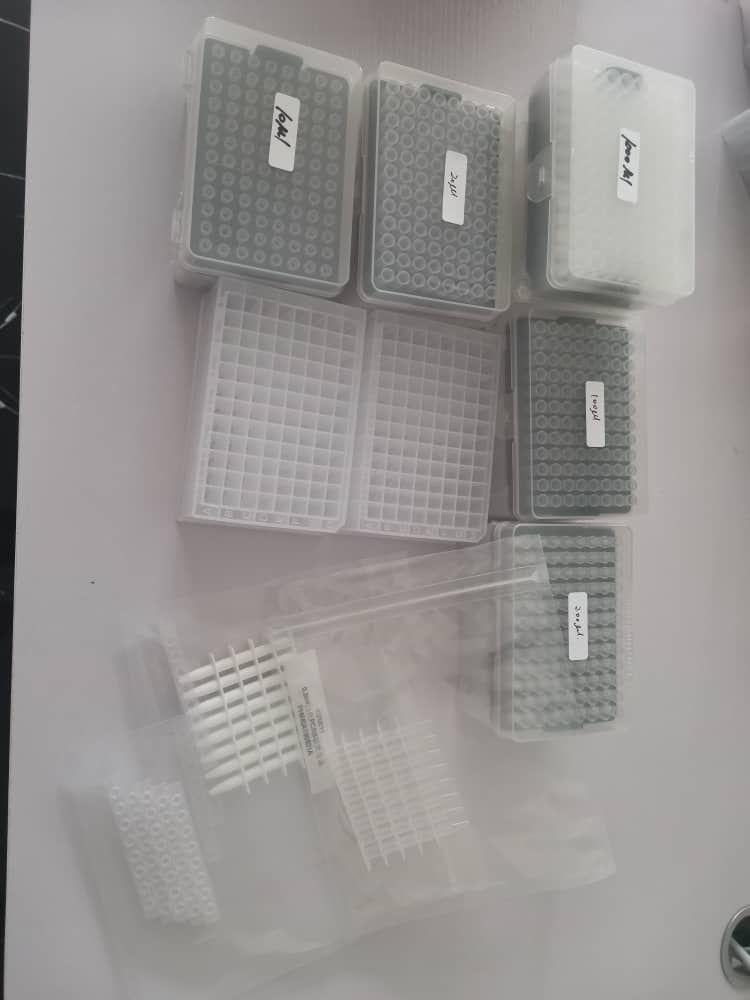Small Non-coding RNAs Are Dysregulated in Huntington’s Disease Transgenic Mice Independently of the Therapeutic Effects of an Environmental Intervention
Huntington’s illness (HD) is a neurodegenerative dysfunction brought on by a trinucleotide repeat enlargement in the huntingtin gene. Transcriptomic dysregulations are well-documented in HD and alterations in small non-coding RNAs (sncRNAs), notably microRNAs (miRNAs), may underpin that phenomenon. Additionally, environmental enrichment (EE), which is used to mannequin a stimulating way of life in pre-clinical analysis, … Read more




![[Novel vector preS1-tp fusion protein effectively inhibits hepatitis B virus replication and cccDNA synthesis by mediating hepatitis B virus targeting sequence small interfering RNA]](http://maizetedb.org/wp-content/uploads/2021/03/IMG-20201217-WA0048.jpg)





